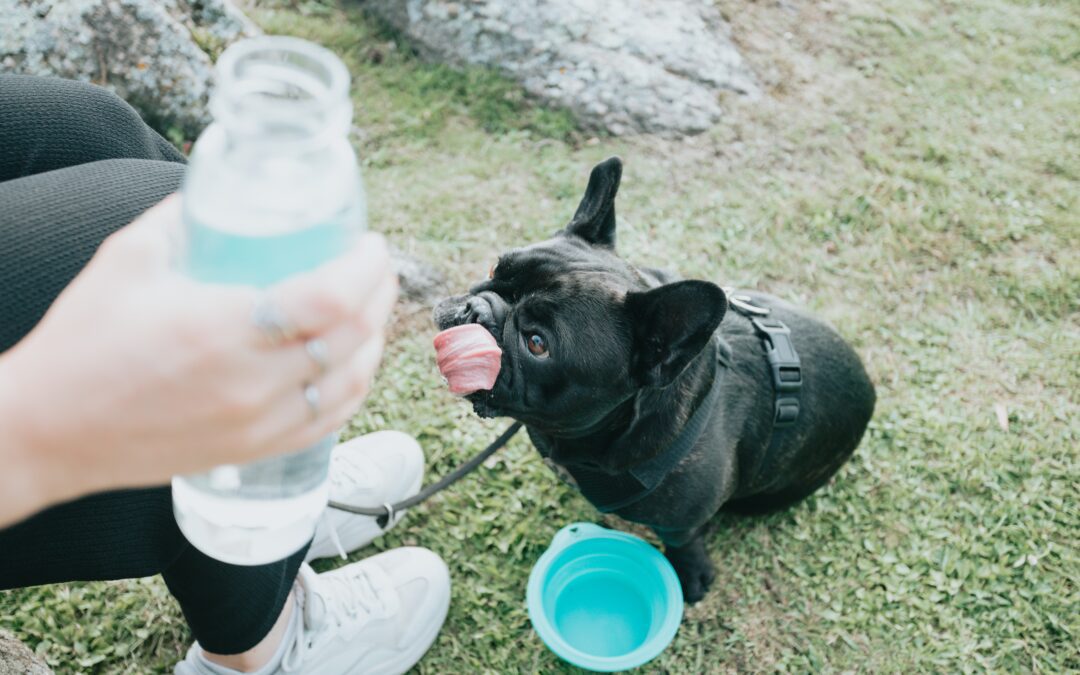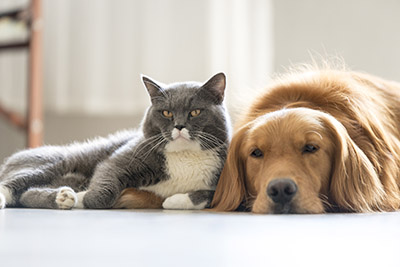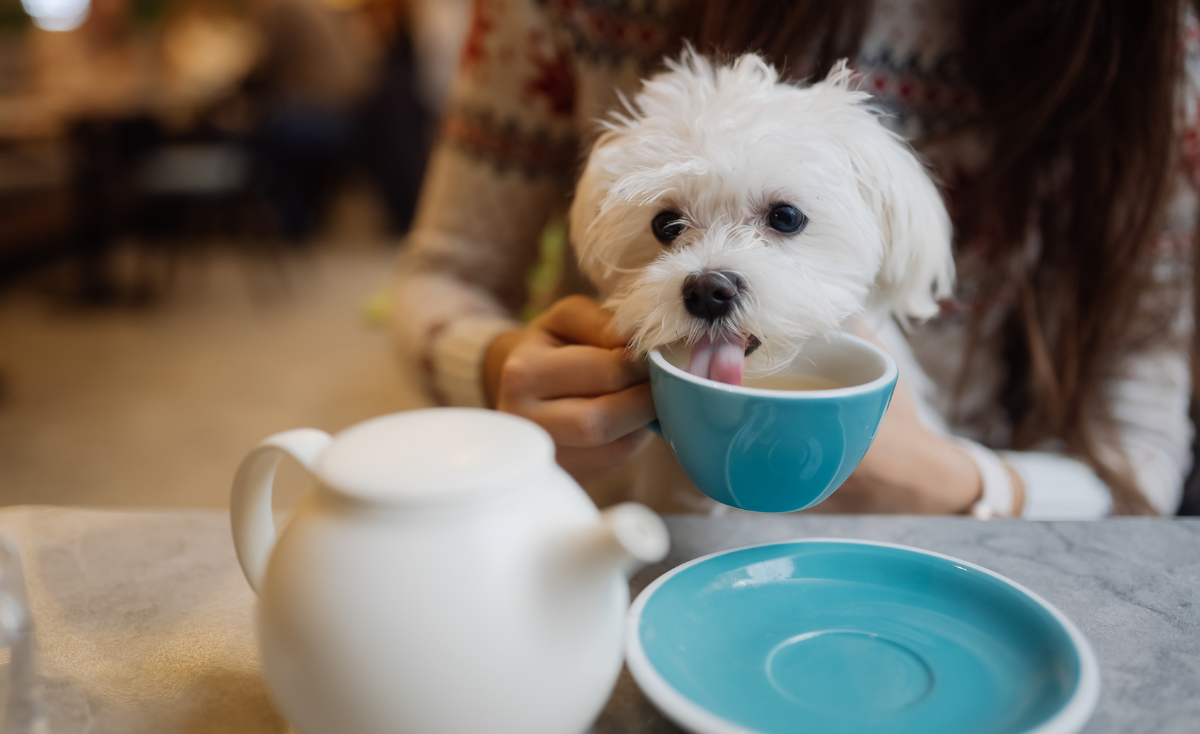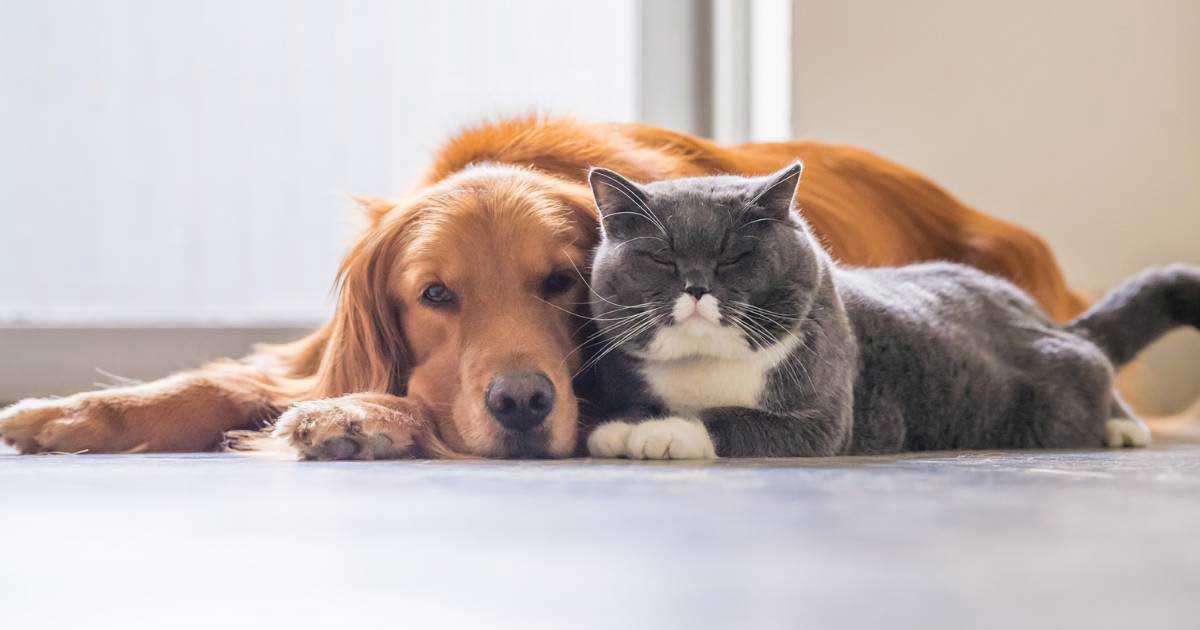Water is essential for all living creatures, and pets are no exception. Pets need water to regulate their body temperature, lubricate their joints, and transport nutrients and oxygen throughout their bodies. Dehydration can occur when a pet does not drink enough water, and it can lead to a number of health problems, including kidney failure, liver damage, and even death.
There are a number of ways to keep your pet hydrated, and the best method will vary depending on the individual animal. Some pets prefer to drink from a bowl, while others prefer to drink from a running faucet or fountain. You can also offer your pet ice cubes to lick, or you can add water to their food. No matter how you choose to provide water for your pet, it is important to make sure that they have access to fresh water at all times. If your pet is not drinking enough water, you should take them to the vet to rule out any underlying health problems.
Here are some tips for keeping your pet hydrated:
- Make sure your pet has access to fresh water at all times. This means providing a water bowl that is clean and filled with fresh water.
- Keep your pet's water bowl in a cool, shady place. Pets are less likely to drink water that is warm or dirty.
- Offer your pet ice cubes to lick. This is a great way to cool down your pet on a hot day and provide them with extra water.
- Add water to your pet's food.
Importance of Hydration for Pets

Pets, like humans, need water to survive. Water plays a critical role in many bodily functions, including:
Regulating Body Temperature
Water helps pets regulate their body temperature, particularly in hot weather or during strenuous exercise. As pets pant, they lose water through their respiratory system, which can lead to dehydration if not replaced.
Joint Lubrication
Water lubricates the joints and cartilage in pets, reducing friction and wear. Proper hydration can help prevent joint pain and stiffness, especially in older pets.
Nutrient and Oxygen Transport
Water transports essential nutrients and oxygen throughout a pet's body, ensuring that all cells and tissues receive the resources they need to function properly.
Kidney and Liver Function
Water is crucial for the proper functioning of the kidneys and liver, which play vital roles in waste removal and toxin processing. Dehydration can impair these critical organs.
Ensuring your pet stays properly hydrated is one of the most important aspects of their overall health and well-being. Neglecting this need can have serious consequences, so it's crucial to make water accessibility a top priority.
Signs of Dehydration in Pets

Recognizing the signs of dehydration in pets is the first step in keeping them hydrated. Some common indicators of dehydration include:
Sunken Eyes
If a pet's eyes appear sunken or "hollow" in their head, it may be a sign of dehydration.
Slow Skin Tenting
Gently pinch the skin on the back of your pet's neck and release it. The skin should snap back quickly. If it takes several seconds for the skin to return to its normal position, your pet may be dehydrated.
Dry Mucous Membranes
Examine your pet's gums, lips, and the inside of their cheeks. If these areas appear dry or sticky, it could indicate dehydration.
Lethargy and Decreased Appetite
Dehydrated pets may seem tired, lethargic, and disinterested in food or water.
Increased Heart Rate
You may be able to feel your pet's heart beating rapidly, which can be a sign of dehydration.
If you notice any of these signs, it's important to take action to rehydrate your pet immediately. Severe dehydration can be life-threatening, so it's crucial to address the issue promptly.
Methods for Keeping Pets Hydrated

There are several effective methods for ensuring your pet stays properly hydrated. The best approach will depend on your pet's individual preferences and needs.
Provide Clean, Fresh Water
The most basic way to keep your pet hydrated is to provide a clean, fresh water bowl at all times. Make sure to refill the bowl regularly and keep it in a cool, shaded area to prevent the water from becoming warm or stagnant.
Use Water Fountains or Bubblers
Some pets, especially cats, prefer running water over standing water in a bowl. Installing a pet water fountain or bubbler can encourage increased water intake.
Add Water to Food
Adding a small amount of water to your pet's wet or dry food can help increase their overall liquid intake. You can also try soaking dry food in water before serving.
Offer Ice Cubes or Frozen Treats
Pets often enjoy licking or crunching on ice cubes, which can provide both hydration and a refreshing cooldown. You can also freeze pet-safe fruits or broths into frozen treats.
Increase Wet Food Intake
Switching your pet to a diet higher in moisture-rich wet food can be an effective way to boost their hydration levels.
By utilizing a combination of these methods, you can help ensure your pet stays properly hydrated and healthy.
Hydration Strategies for Different Pet Types

The hydration needs and preferences of pets can vary significantly based on species, breed, age, and other individual factors. Tailoring your approach to your pet's unique requirements is essential.
Dogs
Dogs tend to be relatively active and may lose more water through panting and exercise. Providing clean, fresh water at all times is crucial, and you may want to consider using a larger water bowl to accommodate their higher water intake needs.
Cats
Cats are often more fastidious drinkers and may prefer running water or water fountains over standing bowls. Placing multiple water stations around your home can encourage increased water consumption.
Small Pets (Rodents, Rabbits, etc.)
Small pets like hamsters, guinea pigs, and rabbits have high metabolic rates and can become dehydrated quickly. Offering them water-rich fruits and vegetables, in addition to clean, fresh water, can help meet their hydration needs.
Senior Pets
As pets age, their ability to regulate water balance can diminish. Older pets may require more frequent water monitoring and may benefit from water-rich wet food diets.
Pets with Medical Conditions
Certain health issues, such as diabetes, kidney disease, and gastrointestinal problems, can increase a pet's water requirements. Work closely with your veterinarian to develop a personalized hydration plan for your pet.
By tailoring your hydration strategies to your pet's unique needs, you can help ensure they stay properly hydrated and healthy.
Water Bowls and Hydration Stations

The type and placement of your pet's water bowl or hydration station can have a significant impact on their water intake.
Bowl Material and Design
Opt for sturdy, tip-resistant bowls made from materials like stainless steel, ceramic, or BPA-free plastic. Avoid bowls with narrow openings, as they can make it difficult for pets to access the water.
Bowl Placement
Position water bowls in quiet, easily accessible areas of your home. Avoid placing them near their food, litter box, or high-traffic zones, as pets may be less inclined to drink in these areas.
Elevated Bowls
Elevated water bowls can be beneficial for larger dogs or pets with arthritis, as they reduce the need for bending down to drink.
Automatic Water Dispensers
Automatic water dispensers or fountains can provide a constant supply of fresh, flowing water, which can encourage increased water consumption, especially in cats.
Multiple Stations
Consider placing multiple water stations throughout your home, particularly in areas where your pet spends a lot of time. This can make it easier for them to stay hydrated, especially if they are reluctant to travel to a single water source.
By thoughtfully selecting and positioning your pet's water bowls and hydration stations, you can make it easier for them to stay properly hydrated.
Electrolyte Supplements for Pets

In some cases, electrolyte supplements may be necessary to help replenish the minerals and nutrients lost through dehydration.
When to Use Electrolyte Supplements
Electrolyte supplements can be beneficial for pets who are experiencing severe dehydration, such as those suffering from diarrhea, vomiting, or excessive fluid loss due to illness or heat exposure.
Common Electrolytes for Pets
The primary electrolytes that need to be replaced in dehydrated pets are sodium, potassium, and chloride. Some pet-safe electrolyte products may also contain calcium and magnesium.
Electrolyte Supplement Forms
Electrolyte supplements for pets can come in various forms, including powders, liquids, and gels that can be added to their water or food.
Consulting a Veterinarian
Before administering any electrolyte supplements to your pet, it's essential to consult with your veterinarian. They can recommend the appropriate product and dosage based on your pet's specific needs and condition.
Using electrolyte supplements under the guidance of a veterinarian can help prevent further complications and provide your pet with the essential nutrients they need to recover from dehydration.
Monitoring Pet Hydration Levels
Regularly monitoring your pet's hydration levels is crucial to ensure they are staying properly hydrated.
Physical Examination
During routine veterinary check-ups, your vet will perform a physical examination to assess your pet's hydration status. This may include checking the skin tenting, gum moisture, and other visual cues.
Blood and Urine Tests
Your veterinarian may recommend blood and urine tests to evaluate your pet's electrolyte levels and kidney function, which can provide valuable insights into their overall hydration status.
At-Home Monitoring
At home, you can perform simple checks, such as the skin tenting test, to monitor your pet's hydration levels. If you notice any concerning signs, contact your veterinarian immediately.
Tracking Water Intake
Keeping a record of your pet's daily water intake can help you identify any changes or decreases in their consumption, which could be a sign of a health issue.
By regularly monitoring your pet's hydration status, you can catch any potential problems early and take the necessary steps to keep them properly hydrated and healthy.
Preventing Dehydration in Traveling Pets

Maintaining proper hydration can be especially challenging when traveling with your pet. Here are some tips to help prevent dehydration while on the go:
Bring Plenty of Water
Always pack more water than you think you'll need when traveling with your pet. Staying well-hydrated is crucial, especially in hot or dry climates.
Use Portable Water Bowls
Invest in a lightweight, collapsible water bowl that you can easily pack and use during your travels.
Offer Frozen Water Bottles
Freeze water bottles to use as both a water source and a way to keep your pet's water cool throughout the day.
Consider Wet Food
Feeding your pet wet food while traveling can help increase their overall fluid intake.
Watch for Signs of Dehydration
Be extra vigilant in monitoring your pet for signs of dehydration, such as lethargy or dry mucous membranes, and act quickly if you notice any issues.
By taking proactive steps to ensure your pet stays hydrated while traveling, you can help prevent serious health problems and keep them comfortable and healthy on the road.
Risks of Dehydration for Pets

Dehydration in pets can lead to a range of serious health issues if left untreated. Understanding the potential risks can help motivate pet owners to prioritize their pet's hydration needs.
Organ Failure
Severe dehydration can cause the kidneys, liver, and other vital organs to malfunction or fail, which can be life-threatening if not addressed promptly.
Neurological Problems
Dehydration can affect the brain and nervous system, leading to seizures, confusion, and other neurological issues.
Cardiovascular Complications
Dehydration can strain the cardiovascular system, potentially causing abnormal heart rhythms, low blood pressure, and other circulatory problems.
Digestive Issues
Dehydration can disrupt the digestive system, causing problems like vomiting, diarrhea, and constipation.
Heat Stroke
In hot weather, dehydration increases the risk of heat stroke, which can be fatal if not treated immediately.
By recognizing the potential dangers of dehydration and taking proactive steps to keep your pet hydrated, you can help prevent these serious health complications and ensure your pet's well-being.
Maintaining Pet Health Through Hydration

Proper hydration is a cornerstone of overall pet health and wellness. By prioritizing your pet's water intake, you can help support a variety of important bodily functions and prevent a wide range of health issues.
Improved Skin and Coat Health
Adequate hydration helps maintain the health and appearance of your pet's skin and coat, reducing the risk of dry, flaky, or brittle fur.
Joint and Mobility Support
Proper hydration lubricates the joints and cartilage, which can help prevent or manage conditions like arthritis and joint pain.
Enhanced Immune Function
Water plays a crucial role in supporting the immune system, helping your pet's body fight off infections and illnesses.
Digestive Regulation
Staying well-hydrated can help prevent digestive issues like constipation, diarrhea, and gastrointestinal discomfort.
Reduced Risk of Kidney and Liver Problems
By keeping the kidneys and liver well-hydrated, you can help these vital organs function optimally and reduce the risk of long-term damage.
By making hydration a priority for your pet, you can help support their overall health and well-being, potentially extending their lifespan and improving their quality of life.
Conclusion
Keeping your pet properly hydrated is essential for their health and well-being. By providing clean, fresh water at all times, offering water-rich foods and treats, and monitoring your pet's hydration status, you can help prevent the serious health consequences of dehydration.
Remember, the specific hydration needs of your pet may vary depending on their species, breed, age, and any underlying medical conditions. Work closely with your veterinarian to develop a personalized hydration plan that meets your pet's unique requirements.
By prioritizing your pet's water intake and promoting healthy hydration habits, you can help ensure they enjoy a long, happy, and healthy life.



